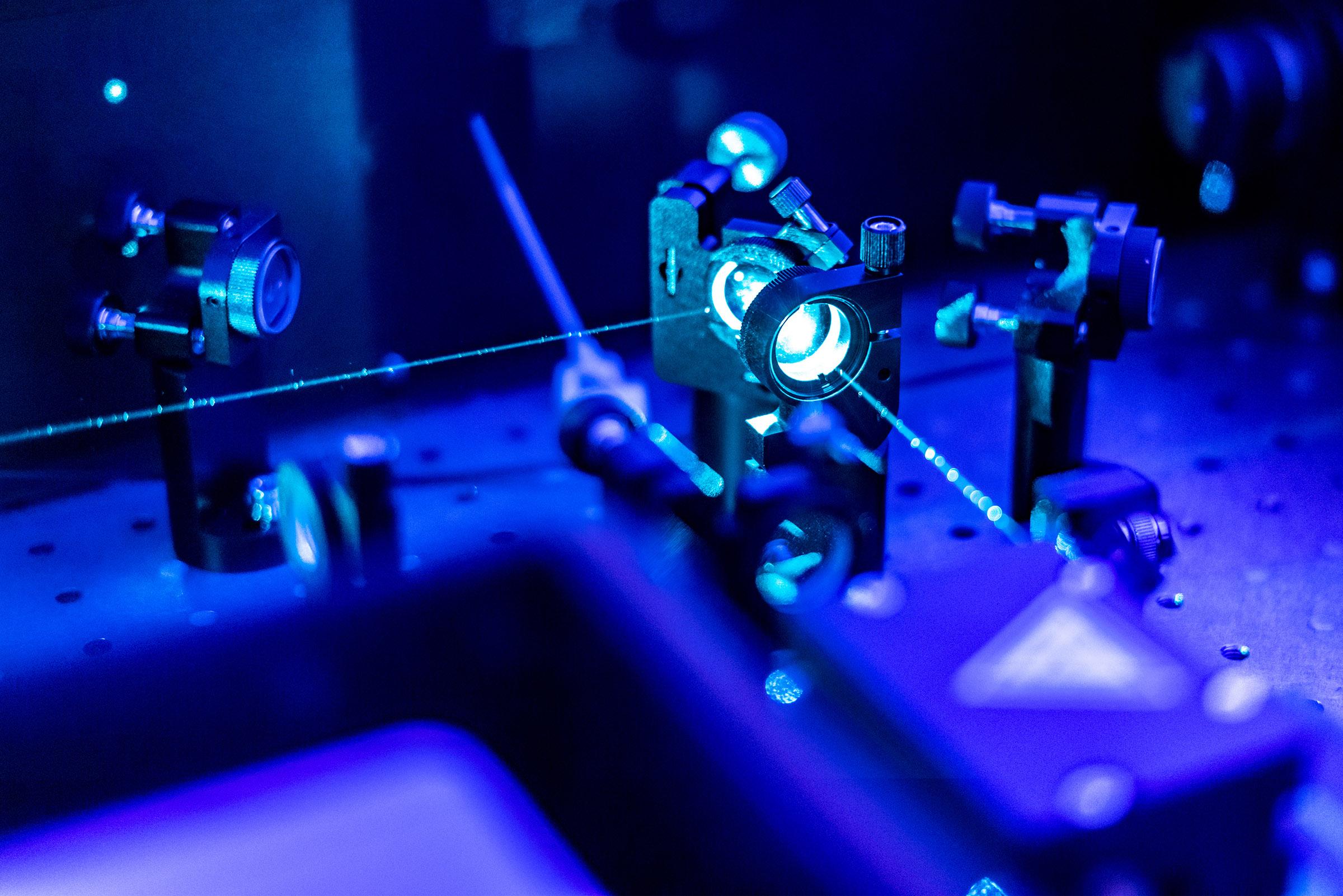Scientists Figured Out How To Manipulate 'Quantum Light' For The First Time In History
Manipulating anything in the world of quantum physics is tricky, but now, scientists have managed to manipulate quantum light particles that have a strong relationship with each other. The breakthrough sounds a bit obscure, especially if you aren't studying quantum mechanics yourself, but it's a huge success that will be fundamental in how scientists study the quantum realm from here forward.
The breakthrough was accomplished by an international team of physicists who authored a study on the manipulation of quantum light. That study is now published in Nature Physics and details how the researchers created a device that induced strong interactions between photons. This allowed the physicists involved in the study to observe how the photons interacted with each other.
"This fundamental science opens the pathway for advances in quantum-enhanced measurement techniques and photonic quantum computing," Dr. Sahand Mahmoodian, a lead author of the study, explained. A key part of unlocking the ability to manipulate quantum light, Mahmoodian says, was in demonstrating the ability to identify photon-bound states.

This is something the study's authors were able to achieve thanks to stimulated emission. This process was initially described by Albert Einstein in 1916 and also served as the basis of the lasers that we use today. Normally, stimulated emission requires an insane amount of photons to work. However, this research shows that you can do it with small groups of photons and even single photons.
But we haven't unlocked unrestricted manipulation of quantum light just yet. The scientists involved in the study say that we'll need to apply the same principles to develop more efficient devices that can apply these photon-bound states needed to manipulate quantum light.
One of the author's next steps is to see if they can use this same experiment to create additional states of light that prove more fault-tolerant within quantum computing.
